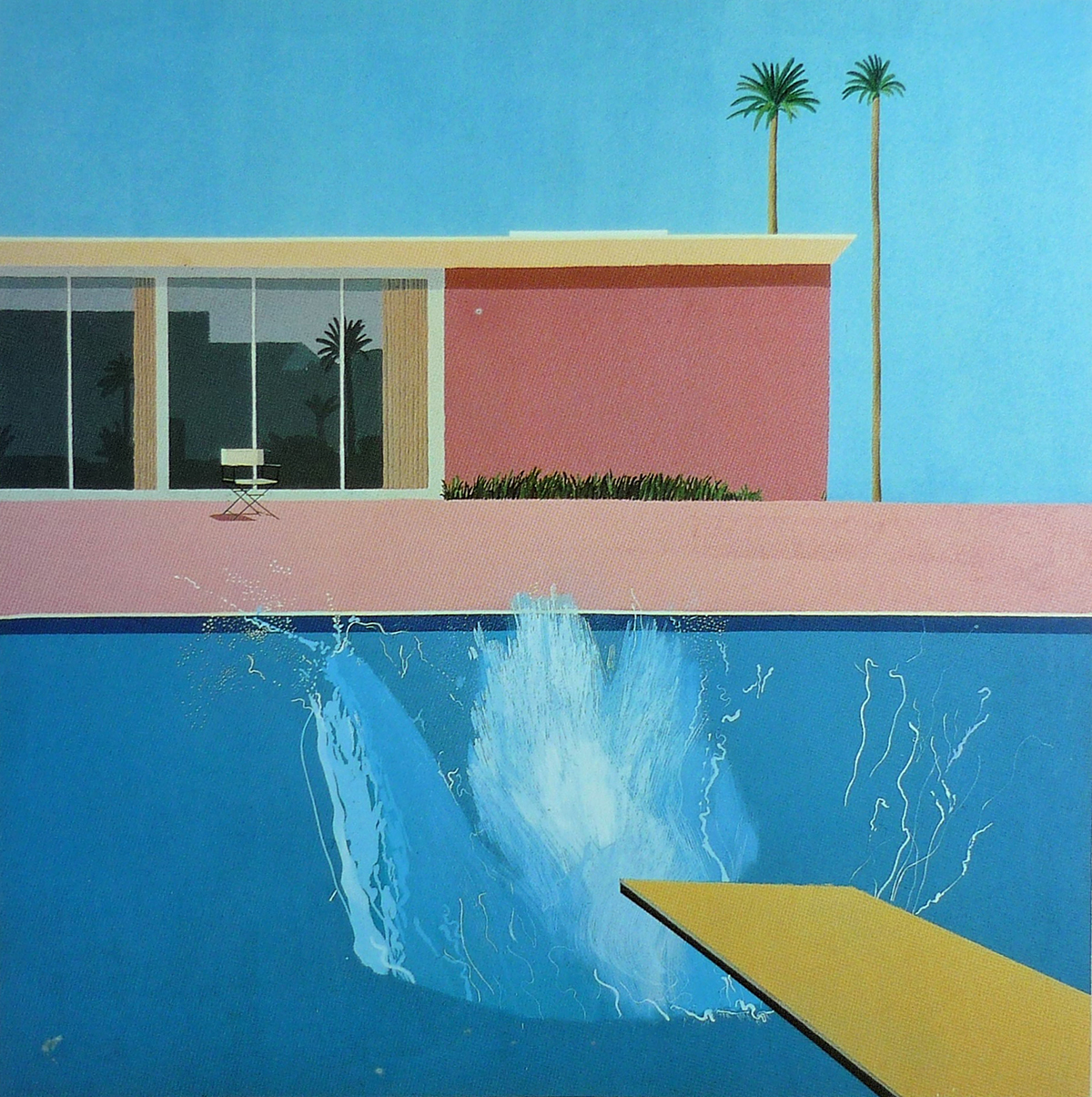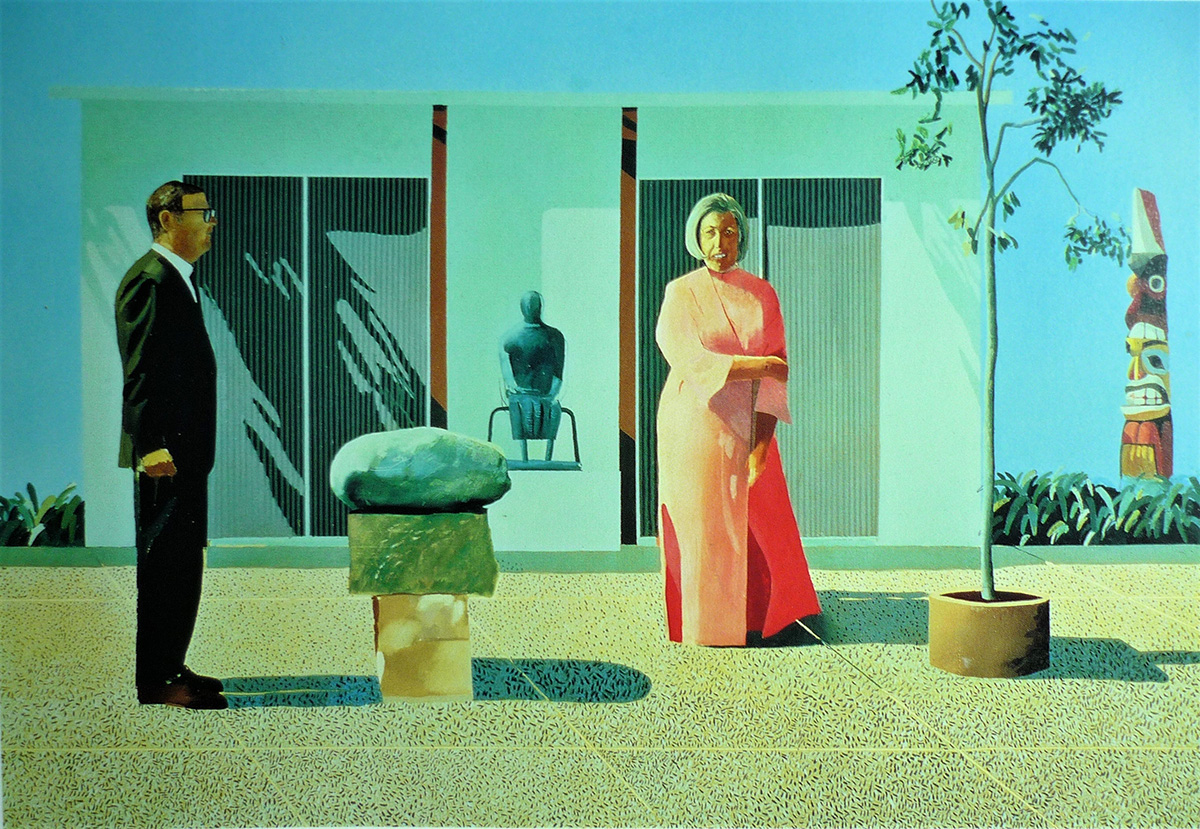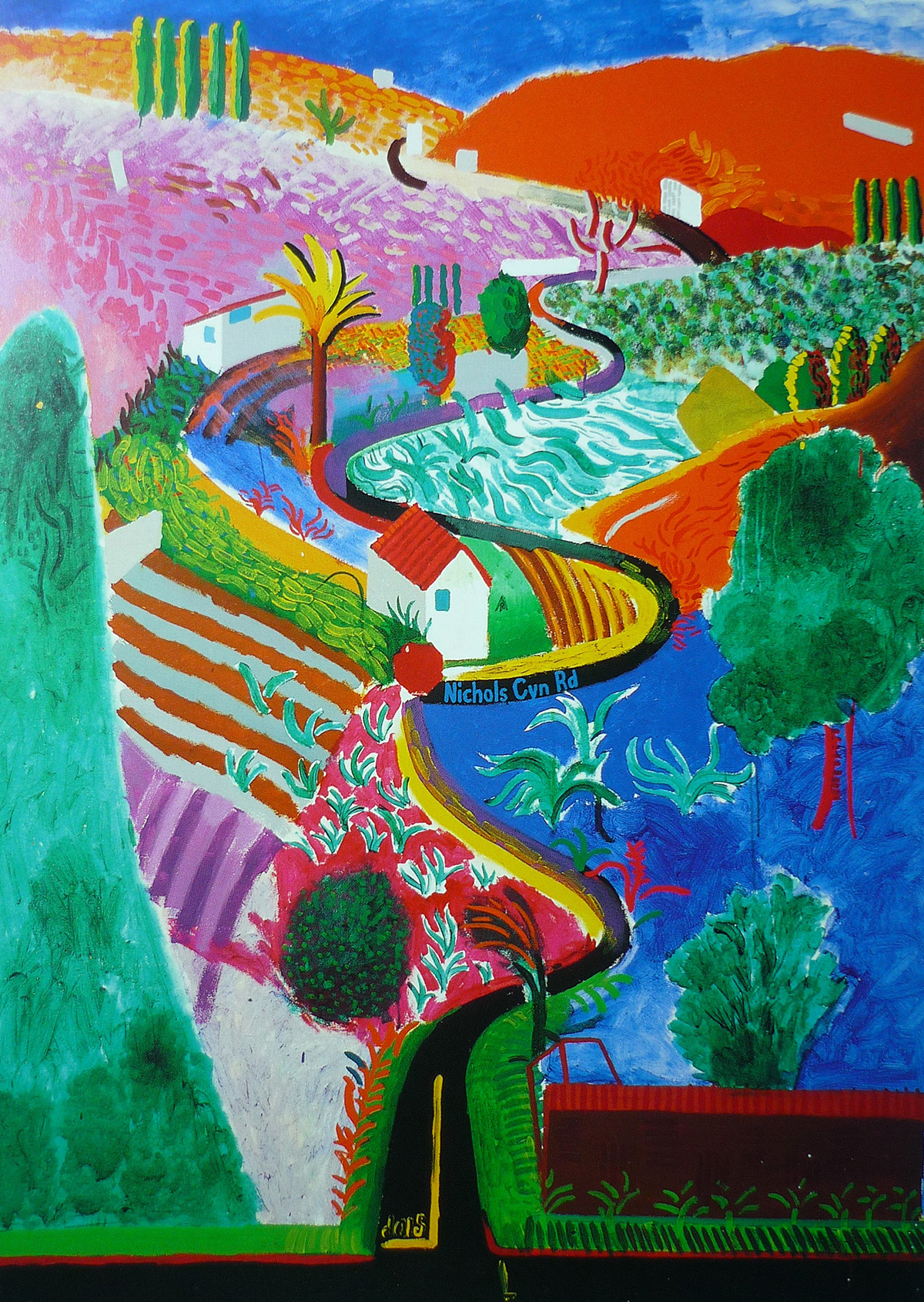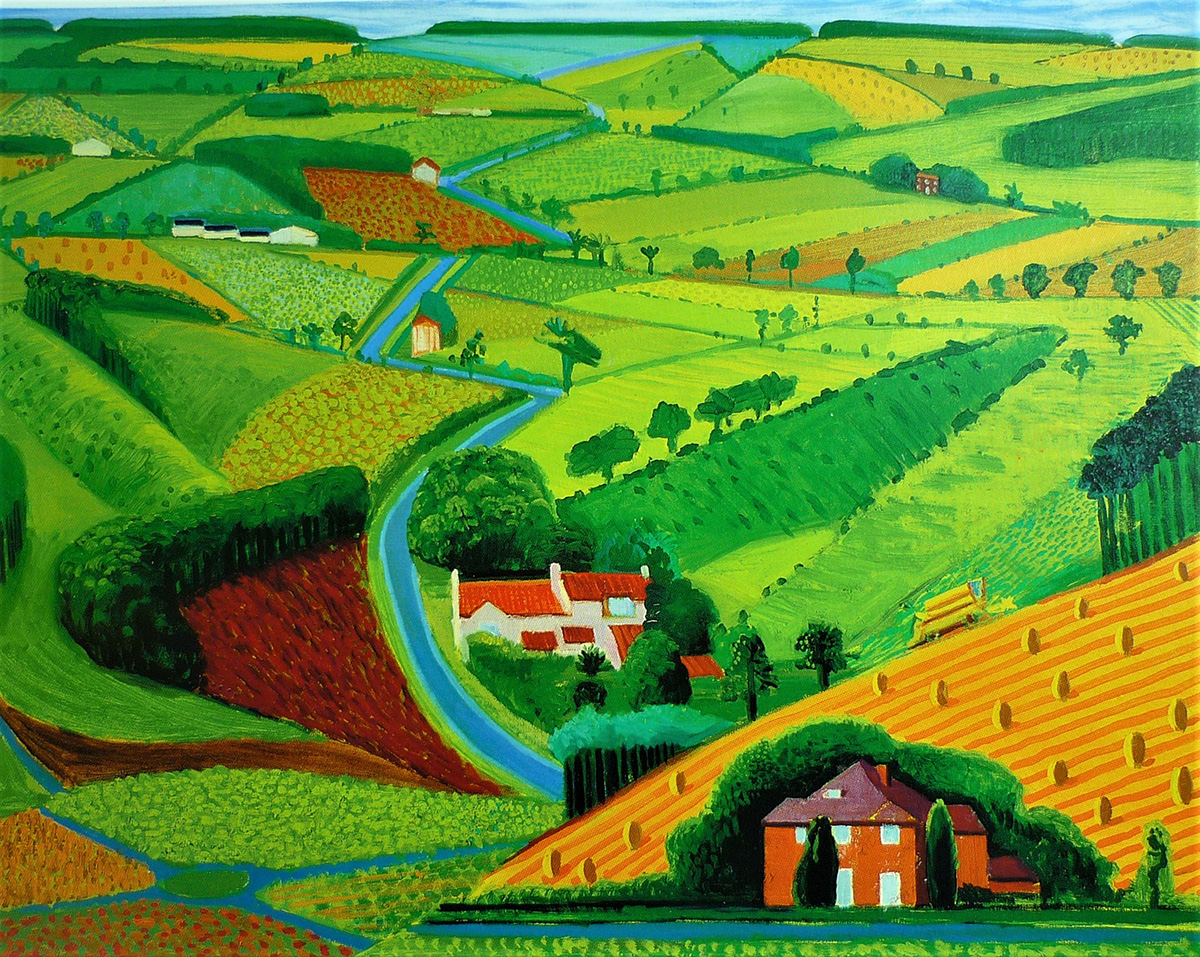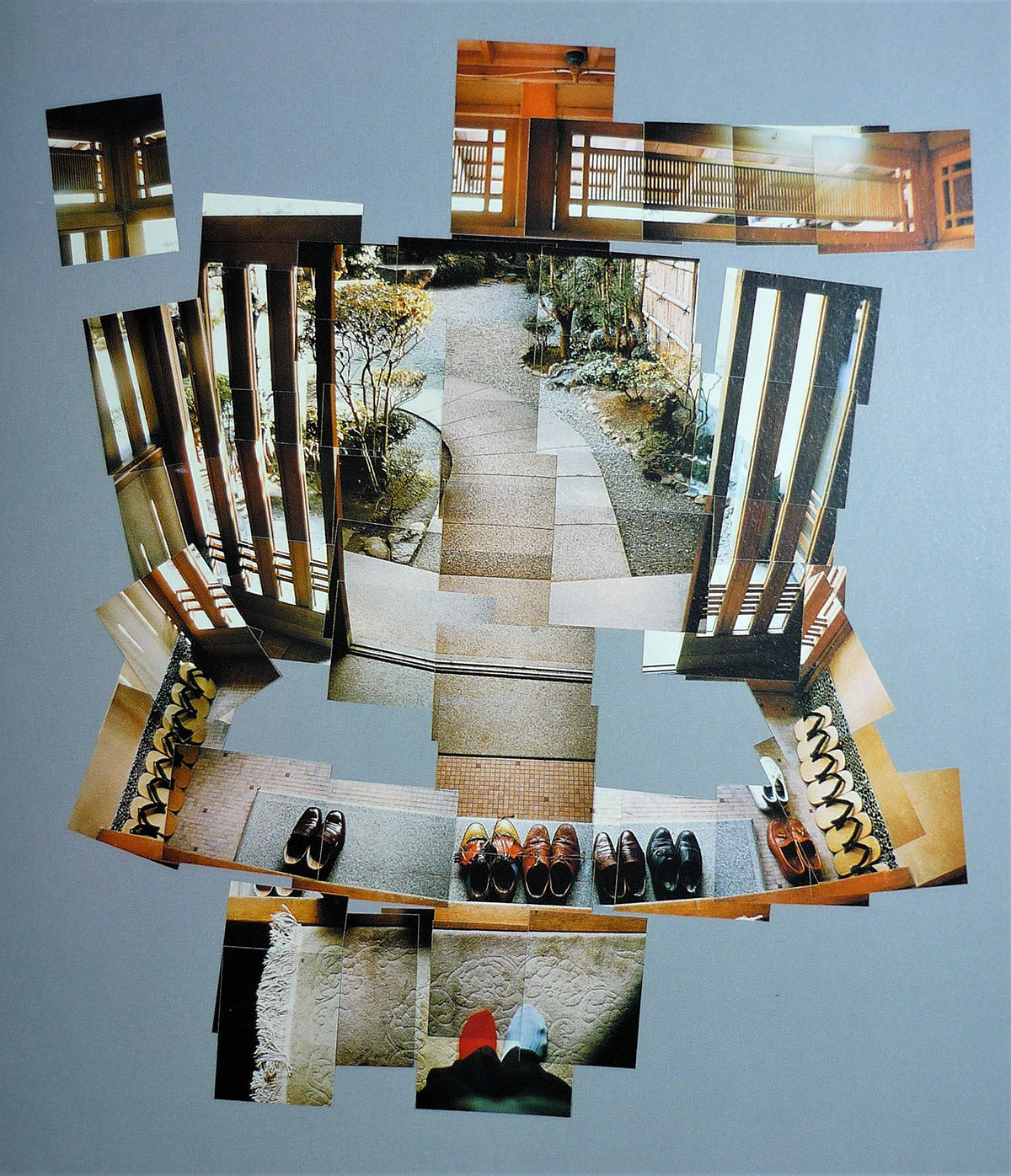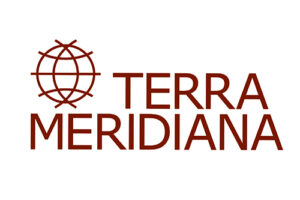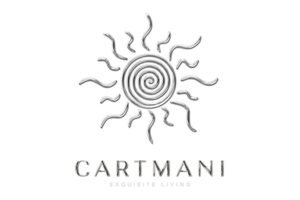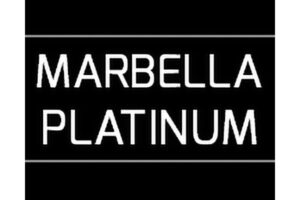
Article by Vivion O’Kelly
In this series we look at some of the greatest artists of our generation, and discover just what makes them great. First in line is our own David Hockney, one of the world’s favourites.
There is no iconic work by Hockney, because iconic is singular. The Big Splash, perhaps? Well, for Californians, at least. Mr and Mrs Clark and Percy? Certainly, for the Brits. His Portrait of an Artist (Pool with Two Figures), his Pearblossom Highway Collage, his massive Grand Canyon series, his Yorkshire landscapes, his iPad paintings, his Paris street collages, his theatre sets? It depends on who you ask. The fact is, David Hockney himself is the icon, and also, probably, one of the most loved artists of all time.
Prolific takes on a different meaning with regard to Hockney. No point in asking the Internet: nobody is willing to guess. His own charitable foundation holds more than 8,000 pieces, some of these amounting to collections in themselves, like his hundreds of sketchpads. Nobody offers a complete list of the numerous iPad drawings and paintings he sends to friends as a morning greeting, his hundreds of self-portraits, innumerable portraits of friends and family, travel sketches, his thousands of photographs, his theatre sets and much more. They all add up to lifetime body of work that will be difficult to catalogue with certainty when he has gone.
His worth on the open market? Again, difficult to say, because those important pieces that are not already in museums do not come up for sale often enough to establish a price pattern. His Portrait of an Artist (Pool with Two Figures), one of his best-known works, was sold at Christie’s in 2018 for 93.3 million dollars, a record for a living artist. His huge output is accounted for by the vast number of works he produced in different styles and media, rather than a continuous outpouring of the same painting with minor variations over a long period, and that makes valuation more difficult. He still owns about a third of the works he considers his best.
To get some idea of why Hockney has been such a key figure in the art landscape for more than half a century, let’s look at some of his most representative pieces in various media.
A Bigger Splash (Acrylic on canvas 1967)
Hockney was pleased that he spent two weeks painting a moment lasting two seconds. The entire painting, apart from the splash itself, was painted quickly using a paint roller to achieve an even surface, while the rest of the two-week period was spent on the splash, using detail brushes.
The composition is based on a photograph he saw in a book, vastly simplified to create a minimalist work that has since become an iconic image of Los Angeles itself, where he moved to in 1964 at the age of twenty seven. If you want to know what the post-war American two-lane-highway society looked like, read the great Russian Nabokov. If you want to know what the California of the sixties and seventies looked like, see the great Bradford artist.
Mr and Mrs Clark and Percy (Acrylic on canvas 1971)
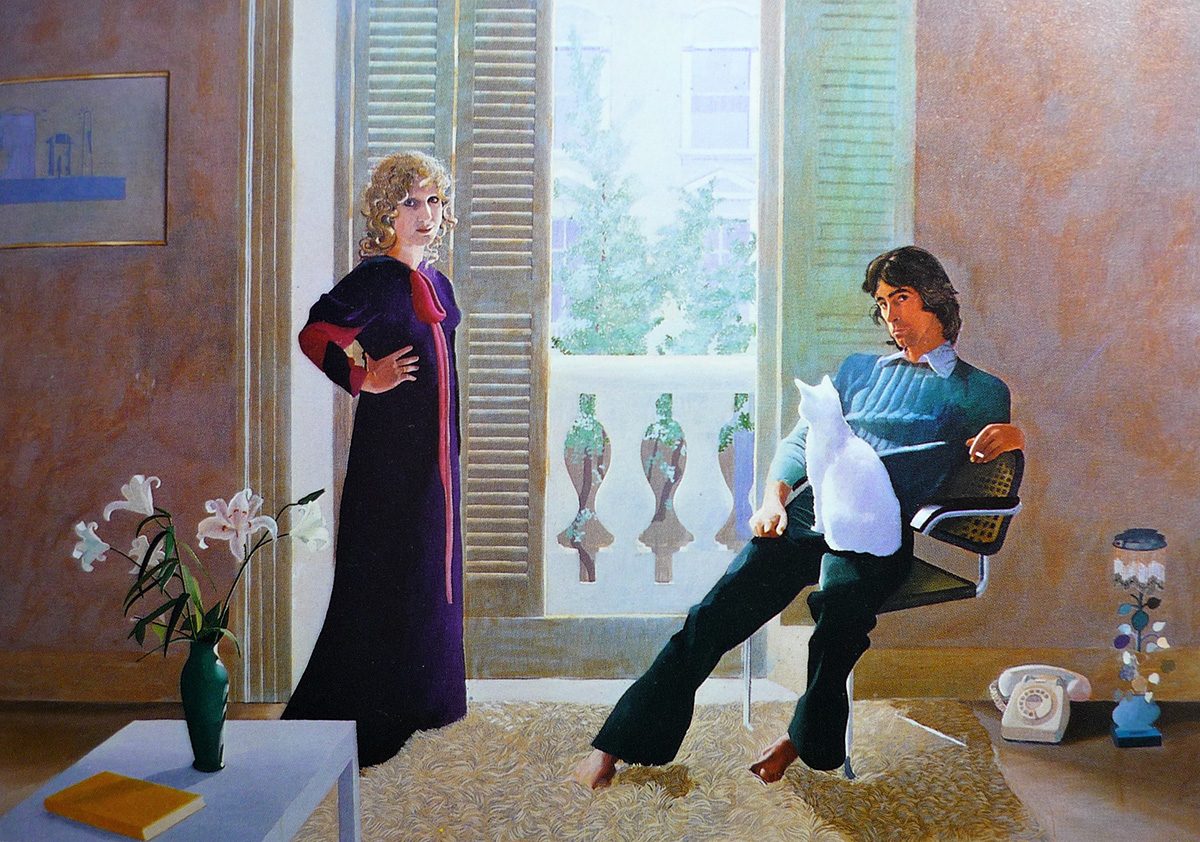
First of all, it’s not Percy but Blanche. Hockney thought Percy had a better ring to it, and he knows his cats, positioning Blanche looking away from him and the viewer, as cats do.
Loosely based on the historic Arnolfini Portrait by Jan van Eyke, the painting portrays textile and fashion designers Celia Birtwell and Ossie Clark in their Notting Hill Gate apartment shortly after their marriage. Hockney worked on it on and off for more than two years, writing later that he had great difficulty in getting Ossie’s face right, and had overpainted it so many times that the paint was beginning to thicken too much at this spot.
The painting has all the hallmarks of a classic Hockney double portrait, of which he did many during the late sixties and early seventies. Minimalist, vase of flowers on a coffee table and few other objects in the 3.05 by 2.13 metre painting, toned to make the difficult contre-jour composition work perfectly.
American Collectors (Fred and Marcia Weisman) (Acrylic on canvas 1968)
Hockney chose to paint this obviously wealthy couple in 1968, the same year he was also working on his other well-known double portrait of that time, of Christopher Isherwood and Don Bachardy (and so titled). We would like to believe he was mischievous enough to place them looking like slightly ridiculous statues amidst the other statues in revenge for having been forced to paint them out of financial necessity, but we are assured this was not the case. He was not that poor at the time and he is said to have a kind and gentle nature. They were not amused. They held onto the painting for several years before getting rid of it, and having passed through various hands, it is now one of the most important pieces in the Art Institute of Chicago.
Nichols Canyon (Acrylic on canvas 1980)
Nichols Canyon is a lush three-mile long canyon between Hollywood Boulevard on the south and Mulholland Drive on the north, with a road Hockney used frequently. “I took a large canvas and drew a wiggly line down the middle, which is what the road seemed to be,” he tells us. “I was living up in the hills and painting in my studio down the hills so I was travelling back and forth every day, often two, three, four times a day. I actually felt those wiggly lines”. The view of the canyon is from Hockney’s house high in the hills.
The painting, in highly saturated colours clearly influenced by Fauvism, marks the beginning of Hockney’s panoramic landscapes done throughout the eighties. Like much of his work, it is not time specific, showing us different layers of his relationship with the landscape over a period of time.
The Road across the Wolds (Acrylic on canvas 1997)
Compare with Nichols Canyon, see the road running down the middle and you may be on your way to becoming a Hockney expert. It is hard to escape a road in a Hockney landscape, because he loves the artificial element in the natural whole, and almost always colours it quite different from the rest of the painting. In between these two paintings, he has gone through many different styles.
Hockney returned more frequently to Yorkshire in the 1990s, usually every three months, to visit his ageing mother, and began painting the local landscape from memory. His stays were getting longer, and he finally moved to a house in the seaside town of Bridlington, 75 miles from where he was born. Much of his work from 2003 onwards was done in the open air, some large works made up of multiple smaller paintings to produce far bigger sizes than he had ever done before. In this painting, we see that the contrasting colours and feverish brushstrokes of his Californian Fauvist period have given way to a more lyrical use of colour and shape.
Plants, Trees, Fields and Mountains, Kweilin, China, 1981 (Watercolour 1981)
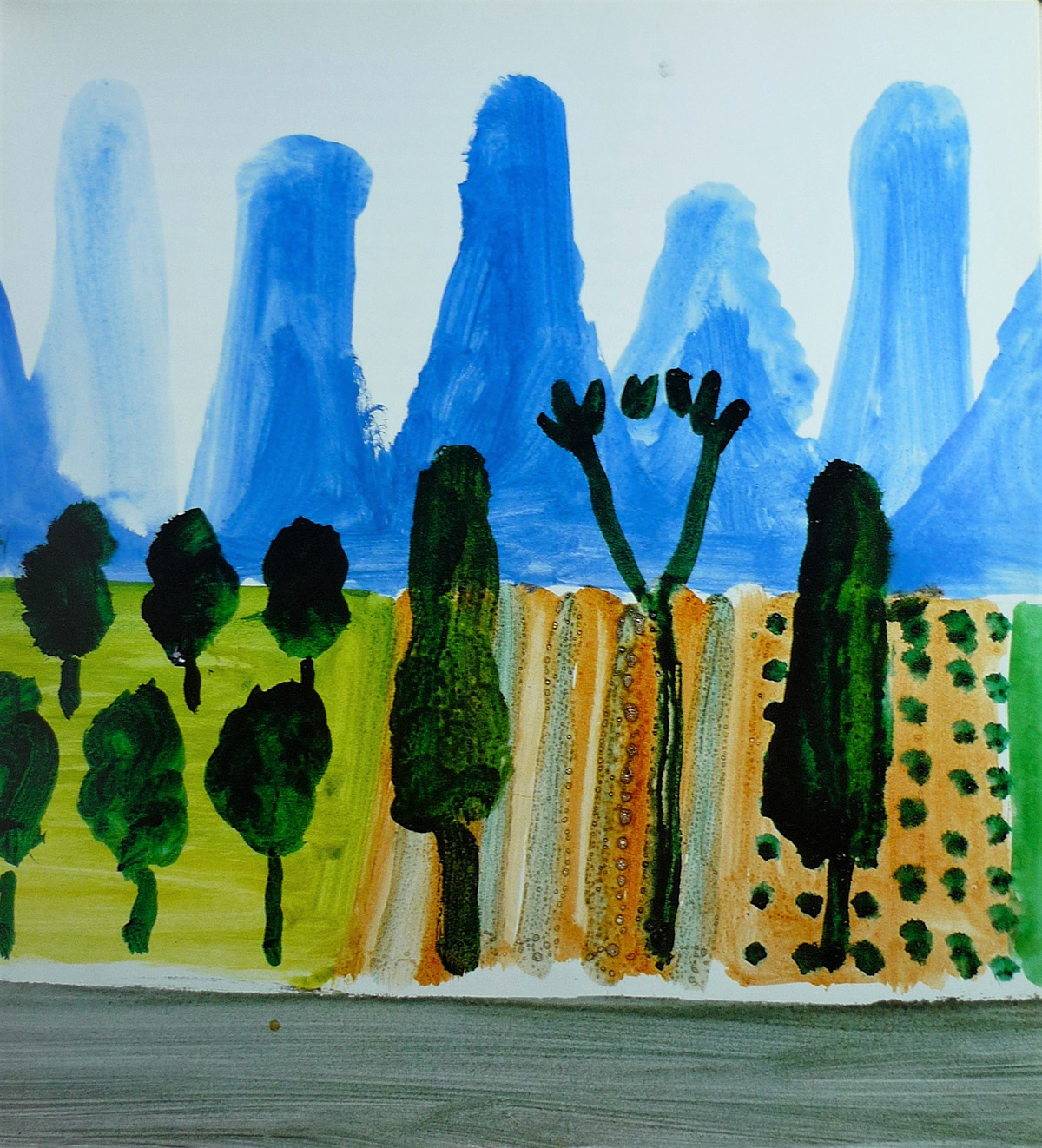
“In May 1981,” Hockney writes, “Stephen Spender, Gregory and I went to China for three weeks. We had been commissioned to do a collaborative book, China Diary… as time went on my drawings got more and more Chinese. I started using brushes and flicking ink.”
In this watercolour we see the landscape between Yang Shou and Kweilin though his eyes as he travelled across it on a minibus, at one point asking the driver to stop so he could take some photographs. Hockney has written dozens of books covering all aspects of his work, regarding each as an affordable work of art in itself.
Shoes, Kyoto (Photographic collage 1983)
Hockney’s best-known photo collages are probably his Grand Canyon series in the early eighties and his Paris street scenes a few years later, but he has make numerous works in this medium of many different subjects, including portraits. Here we see a subtle reference to a self-portrait in the knees and coloured socks at the bottom (he likes to wear different coloured socks on each foot) as he looks out over the entrance to the courtyard. The technique, with a hint of Cubism, reminds us that Hockney was always a great admirer of Picasso.
Plongeoir avec Ombre (Paper Pool 13) (Coloured pulp 1978)
Hockney made his Paper Pools series all at once in upstate New York, on his way to California from England in 1978, instructed and helped by master printmaker Ken Tyler.
“The process involved making a piece of paper from scratch, from chewed-up rags and water…you could add dyes to the pulp and the colour would be more vivid and stronger than applying paint on the surface,” writes Hockney.
Mum, 1990 (Acrylic on canvas 1990)
Hockney did numerous portraits of his parents, both together and separately. His father used to be rather fidgety while posing, while his mother was more serene and understanding of his needs. The arthritic hands, the pale blue watery eyes, the look of resignation on her withered face: Hockney is, above all, an observational painter, and he observes his mother lovingly in this portrait, without flattering her.
Turandot opera set (Modelling materials 1991)

Hockney had been asked to do the sets for the Royal Opera’s production of the Puccini opera Turandot in Covent Garden in 1984, but did not have the time. The opportunity arose again when the San Francisco Opera invited him to design the sets for the same piece in 1991.
“When I designed the sets, I was inspired by the Chinese red I had seen on my travels in China in 1981. And I wanted to avoid the 19th century Chinese look and concentrate instead on the harshness of China – harsh edges, strong diagonals. We started with red walls, and then dressed the chorus in black, to stand out against them. The costumes were boldly abstract, rather than elaborate,” he says.
David Hockney is now 82, an incorrigible smoker of both cigarettes and cannabis who swims for half an hour every morning and is capable of standing at his easel for six hours at a time. He has recently moved to Normandy so that he can eat and smoke at the same time, and work in peace. “The French know how to live,” he says. “They know about pleasure”
Hockney should know about pleasure too. He has given a great deal of it to many people all over the world for many decades.





